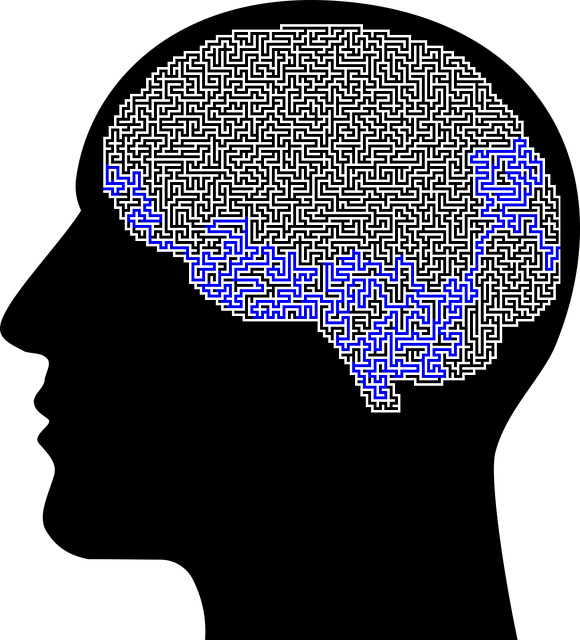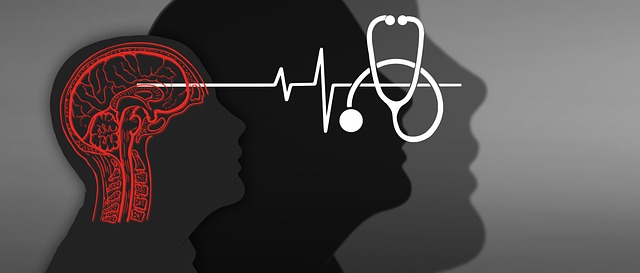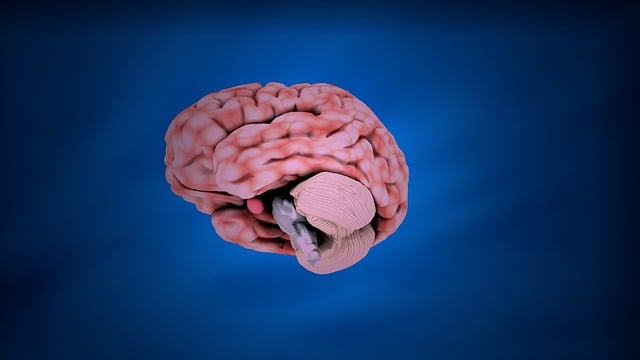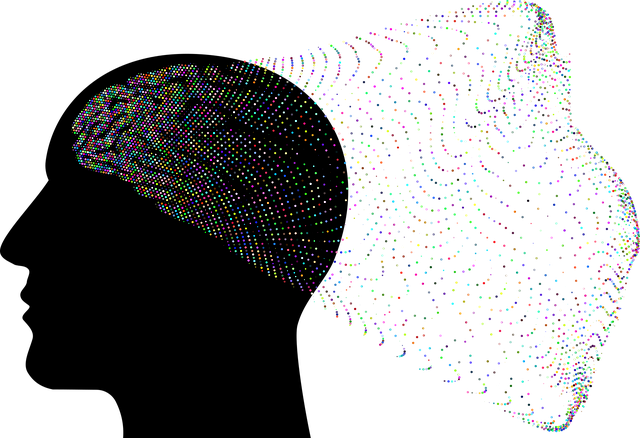Lone Tree Panic Disorder (LTPD) therapy focuses on self-awareness exercises, crisis intervention techniques like deep breathing, and empathy building for support. This multi-faceted approach combines Cognitive Behavioral Therapy (CBT), compassion cultivation, and immediate crisis guidance to alleviate symptoms and build resilience. Post-therapy support includes continued coping mechanisms, social skills training, community building, and maintenance strategies to prevent relapse, fostering long-term well-being for LTPD and anxiety attack management.
Trauma support services play a pivotal role in aiding individuals affected by conditions like Lone Tree Panic Disorder and anxiety attacks. This comprehensive article delves into understanding these issues, emphasizing the critical importance of accessing specialized trauma support. We explore effective therapy approaches tailored for managing anxiety, highlighting innovative techniques that promote healing. Additionally, we provide practical maintenance strategies to foster resilience post-therapy, ensuring long-term well-being for those navigating the challenges of Lone Tree Panic Disorder and anxiety attacks.
- Understanding Lone Tree Panic Disorder and Anxiety Attacks
- The Importance of Accessing Trauma Support Services
- Effective Therapy Approaches for Managing Anxiety
- Nurturing Resilience: Post-Therapy Support and Maintenance Strategies
Understanding Lone Tree Panic Disorder and Anxiety Attacks

Lone Tree Panic Disorder (LTPD) refers to a condition where individuals experience sudden and intense anxiety attacks, often characterized by a feeling of being overwhelmed or trapped, even in safe environments. This unique disorder manifests as a response to seemingly ordinary situations, leading to panic-like symptoms such as rapid heartbeat, sweating, and a sense of dread. LTPD therapy focuses on helping individuals understand and manage these episodes through various techniques.
One effective approach involves self-awareness exercises that enable clients to recognize the early signs of an impending attack. By increasing their awareness, they can employ crisis intervention guidance, such as deep breathing exercises or grounding techniques, to stabilize themselves. Additionally, empathy building strategies are integral to LTPD therapy, fostering a supportive environment where individuals feel understood and encouraged to share their experiences without fear of judgment.
The Importance of Accessing Trauma Support Services

Accessing trauma support services is a crucial step for individuals struggling with conditions like Lone Tree Panic Disorder and Anxiety Attacks. These services play a pivotal role in promoting mental wellness coaching programs development, helping people navigate and overcome their traumatic experiences. Emotional healing processes facilitated by specialized therapists not only alleviate symptoms but also empower individuals to regain control of their lives.
By engaging in these support systems, one can learn effective emotional well-being promotion techniques that enable them to manage anxiety and panic attacks more efficiently. This journey towards emotional recovery is transformative, fostering resilience and offering a chance for personal growth. It’s essential to recognize the value of these services in addressing the complex needs of individuals affected by trauma.
Effective Therapy Approaches for Managing Anxiety

In addressing Lone Tree Panic Disorder and Anxiety Attacks Therapy, professionals employ a range of effective therapy approaches. One prominent method is cognitive behavioral therapy (CBT), which helps individuals identify and change negative thought patterns that contribute to anxiety. By learning coping strategies and reframing distressing thoughts, patients gain better emotional regulation skills, crucial for managing panic attacks.
Complementary to CBT, compassion cultivation practices have proven beneficial. These techniques foster self-compassion and empathy towards oneself, reducing the intensity of anxiety symptoms. In combination with crisis intervention guidance, which provides immediate support during acute anxiety episodes, these approaches create a holistic framework for effective treatment. This multi-faceted strategy not only alleviates current symptoms but also empowers individuals to navigate future challenges with enhanced resilience.
Nurturing Resilience: Post-Therapy Support and Maintenance Strategies

After formal therapy sessions for conditions like Lone Tree Panic Disorder and Anxiety Attacks, fostering resilience is paramount to long-term well-being. Post-therapy support plays a crucial role in helping individuals navigate their journey towards recovery and maintain newfound stability. This can involve continued guidance on coping mechanisms learned during therapy, such as mindfulness exercises or cognitive reframing techniques. Building a strong support network through social skills training and connecting with like-minded communities can be invaluable, reducing feelings of isolation often associated with mental illness.
Additionally, ongoing maintenance strategies focus on preventing relapse and promoting overall mental health. This may include regular check-ins with therapists or peer support groups, where individuals can share experiences, challenges, and successes. Mental Illness Stigma Reduction Efforts also contribute to a nurturing environment, fostering empathy and understanding from both peers and the wider community. By combining these post-therapy initiatives, individuals gain tools and resources to enhance their resilience, ensuring they remain equipped to manage anxiety and panic attacks effectively over time.
In addressing Lone Tree Panic Disorder and Anxiety Attacks, accessing trauma support services is paramount. Effective therapy approaches, such as those discussed, offer hope for managing anxiety. Nurturing resilience through post-therapy support ensures individuals can maintain their progress and live fulfilling lives. By combining understanding, therapy, and ongoing care, we can revolutionize the way we support those affected by these conditions, fostering a symphony of healing in today’s digital era.














